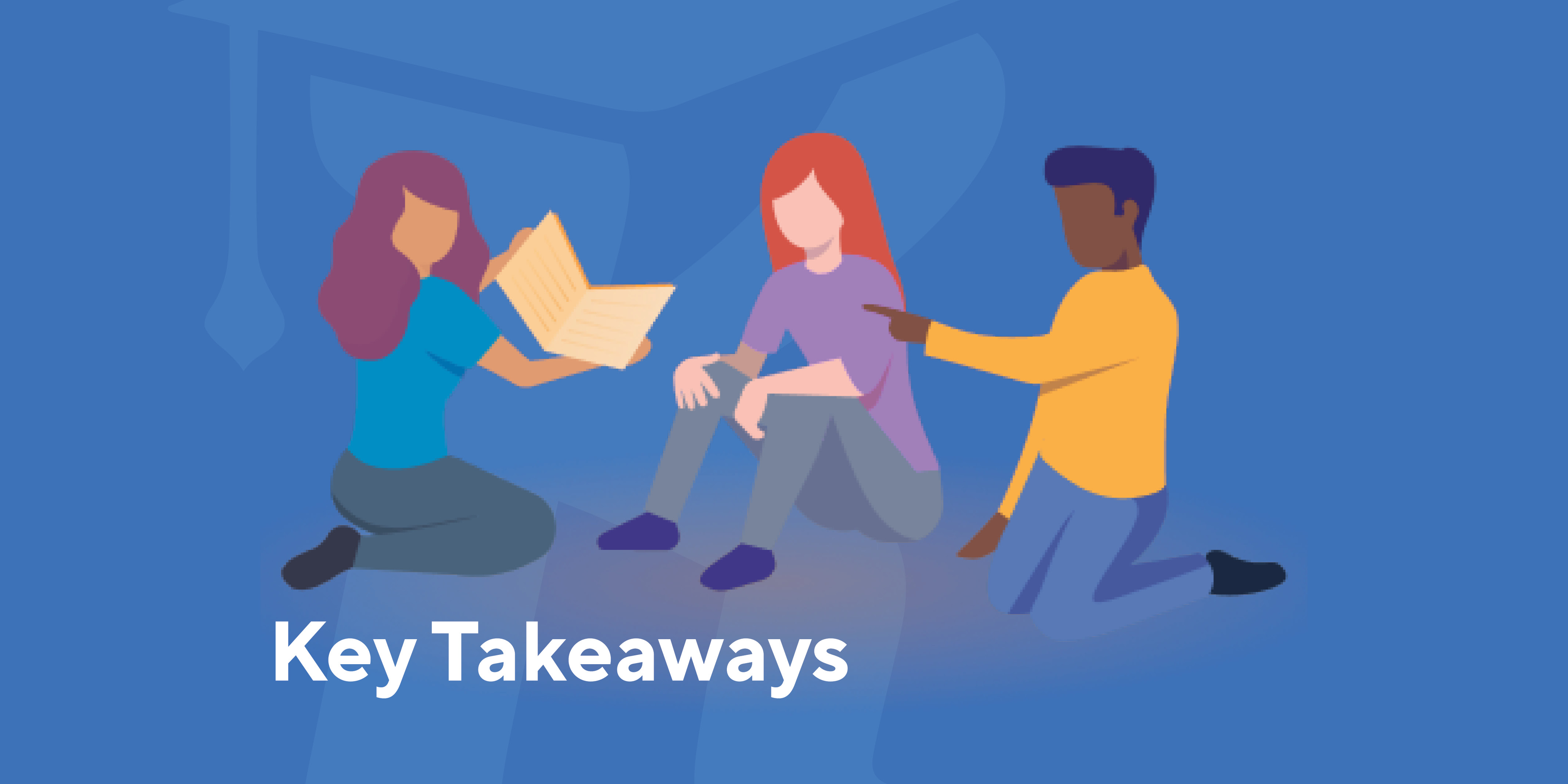In our recent webinar, “Empowering Learning Centers Through Educationally Purposeful Peer Interactions,” Dr. George Kuh, Dana Talbert and Marco Ortiz discussed the importance of high-impact practices and how to adapt tutoring to students today.
Here are five of our top takeaways from the webinar:
Peer Tutoring as a Key Practice
As Dr. George Kuh discussed, peer tutoring can be a highly impactful practice to deploy on campuses due to it also being an educationally purposeful peer interaction (EPPI). This is primarily because peers are the most influential people for students in both academic and social settings.
Dr. Kuh said, “In my experience, most campuses do not spend enough time thinking about how to harness the power of peers. One way one can do that is with an effective peer tutoring program.”
Funding Peer Tutoring Programs
Adopting a peer tutoring program and gaining support from key stakeholders on campus can be difficult. However, it is possible.
Even with funding remaining static or declining, Marco Ortiz, Director for the University of Arizona’s THINK TANK, said: “I think the first thing is being able to show that in reality peer tutoring is pretty inexpensive out of all the other options, versus professional tutoring or other any other type of support that is offered by professionals and having to hire staff.”
Ortiz went on to discuss how looking at the cost per peer tutor versus professional support and providing data on the impact of these campus peer tutoring programs on retention, DFW and academic performance for both the tutees and tutors is critical to making a case for peer tutoring.
Dana Talbert, Student Success Center Director at the University of South Carolina, also discussed creative ways to find funding through grants and the individual academic units on campus to garner additional support.
Recruiting and Engaging Tutors
Although the “great resignation” hit student employees and made it challenging for learning centers to retain tutors, Ortiz and Talbert discussed methods they use for recruitment.
Talbert specifically mentioned tabling with existing tutors, email campaigns to students, recommendations from faculty, calling on students who had previously utilized the services, and word of mouth from other students. Additionally, they both brought up personalized messaging and recruiting individual students to tailor the experience to their specific skill set and area of interest.
However, one key theme when it came to recruitment and engagement of tutors was that of community. By having a community aspect to peer tutoring programs, students are able to feel more at home and in turn be more engaged.
“Students are proud to be a part of our organization and they find value in finding other people like them,” said Talbert. “There is a lot of community building within our peer leader roles. We do a lot of training where they’re together, a lot of community building exercises and activities. So, they find this is their home and their place.”
Tutoring Training Options
Some key resources discussed during the webinar were College Reading & Learning Association (CRLA) endorsed tutor training modules through the International Tutor Training Program Certification (ITTPC).
Resources for this training program can be found here and a free variation can be found here.
Tutoring in the Age of AI
The rise in AI technology poses some problems when it comes to ethics and standards in higher education; however, there are several opportunities for campuses to leverage AI in a sustainable way.
“[AI technology] can enhance efficiency and promote accessibility to things. It can help bridge gaps or explain problems in different ways if students are having a tough time with that,” said Talbert. “So there are some opportunities and positives from using them. It’s all about supplementing what you’re already doing using them and using them in ways that are in addition to the human interactions.”
The complete webinar is available to you! If you’d like to learn more about how you can empower your learning center in today’s unique educational environment, download the complete webinar below:
